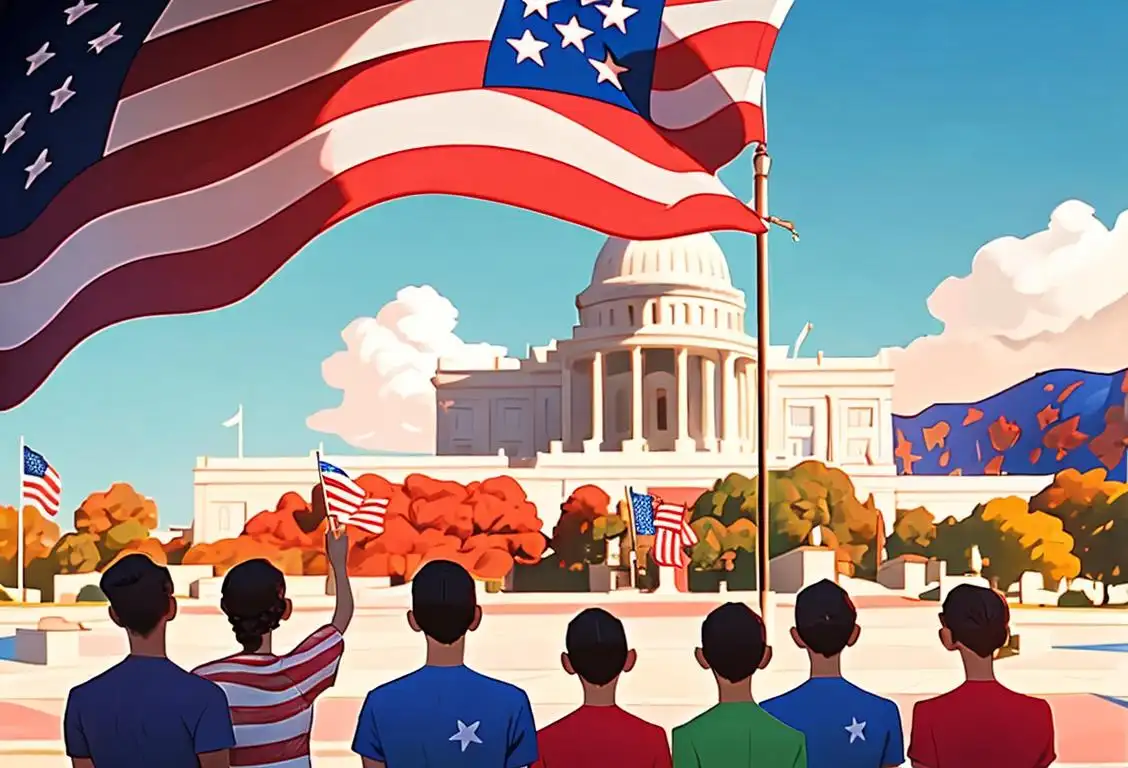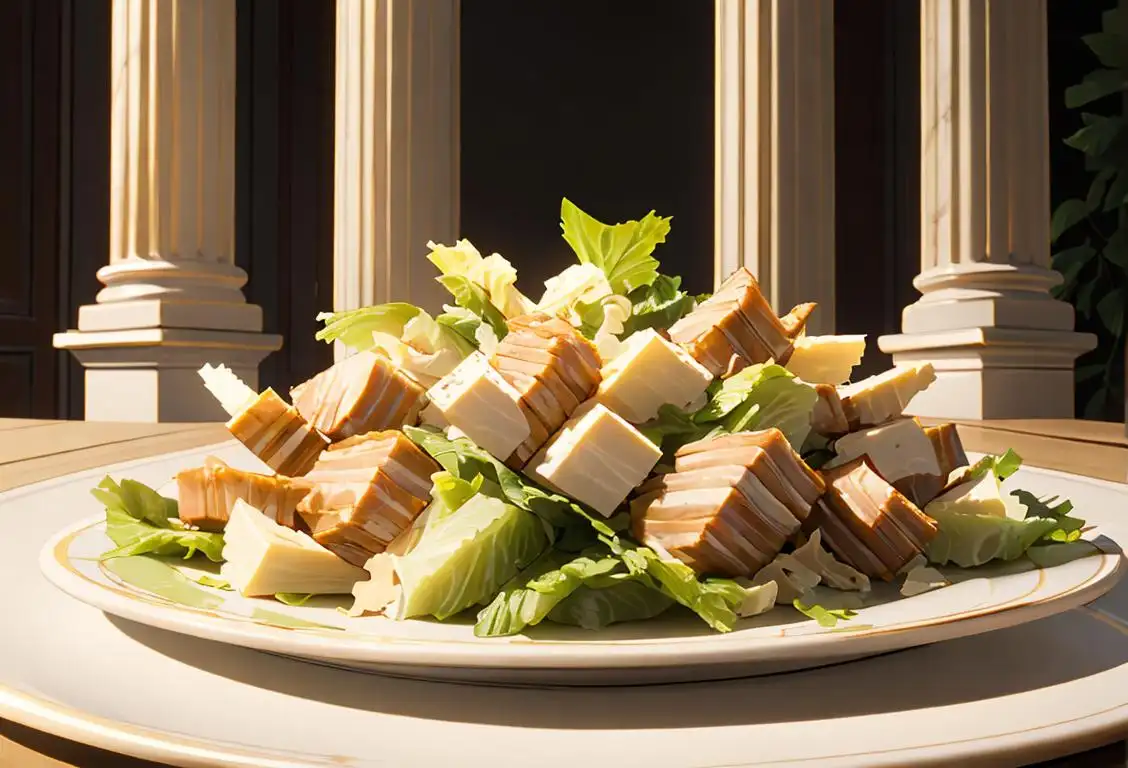National Hugging Day

Throw off your chains of reserved stoicism, my friends! There's a day that celebrates the simple, warm, and oh-so-human act of hugging, and it's called - you guessed it - National Hugging Day. It's all about breaking down barriers and giving out some fluffy, no-strings-attached hugs. Yes, we are talking about the whole nine yards of hugging here, just without turning it into a rugby tackle gone wrong!
When is Hugging Day?
It's national hugging day on the 21st January.
A Brief Squeeze of History
Before we get into the loving embrace of National Hugging Day, we need to squeeze out some history. National Hugging Day popped onto the scene in 1986. It was created by Kevin Zaborney, a man who deserves his own historical monument for making hugging a national pastime. He chose January 21st because it fell between the Christmas holidays and Valentine's Day, when he noticed people were foundering in a sea of mid-winter jadedness.
Hugging: The Honey of Human Touch
Here's a fun fact. Did you know hugging can actually improve your health? You'd be amazed what a pair of cuddling arms can do. Hugging is an excellent stress-buster, it lowers your heart rate, makes you happier, and even strengthens the immune system. So, if you find yourself wavering on whether to celebrate this day, consider this your doctor's prescription.
Embrace the Tradition!
Now, in case you're nervous, let's review the hugging protocol. Firstly, always respect personal boundaries. Not everyone may be ready for a full-blown bear hug at 8 in the morning. Post your hugs, real and virtual, on social media with the hashtag #NationalHuggingDay. It's a beautiful way of sending out feels, especially to those who could really do with a hug.
Hugging Day 2021: A Virtual Hug
The year 2021 saw the most mentions of National Hugging Day on the internet. Thanks to social distancing rules, traditional hugging had to take a backseat. But did we stop? Nah. We switched to virtual hugging, showing that no matter what the obstacle, the human spirit (and the desire to hug) cannot be quashed!
History behind the term 'Hugging'
500 BCE
Ancient Origins
Hugging, in its earliest forms, can trace its roots back to ancient civilizations. Evidence suggests that hugging may have been practiced in ancient Greece as early as 500 BCE. The Greeks valued physical touch as a way to express affection and promote social bonding. Hugging was likely used as a way to emphasize love and friendship.
13th Century
Medieval Embrace
During the medieval period, hugging took on a more formal and ceremonial role. It was customary for knights to hug their fellow knights as a gesture of brotherhood and loyalty. This practice symbolized trust and solidarity among warriors. The act of hugging became intertwined with the chivalrous code of honor.
18th Century
The Romantic Hug
In the 18th century, hugging began to take on a more intimate and romantic connotation. The concept of embracing one another in a warm embrace gained popularity among couples as a way to express their love and affection. The hug became a symbol of deep emotional connection and tenderness.
20th Century
Psychological Significance
The 20th century marked a turning point in how hugging was perceived. Psychologists and scientists started to recognize the psychological benefits of hugging. Studies suggested that hugging releases oxytocin, a hormone associated with bonding and happiness. Hugging became associated with reducing stress, promoting feelings of security, and strengthening relationships.
1986
National Hugging Day
In 1986, Kevin Zaborney, an American psychotherapist, founded National Hugging Day. The day, celebrated on January 21st, aimed to encourage people to engage in more physical touch and affection. Zaborney believed that hugging could bridge communication gaps and foster a more compassionate society. National Hugging Day continues to be celebrated annually, reminding people of the power of a warm embrace.
Did you know?
Did you know during the 2021 pandemic, a product named 'cuddle curtain' got popularity? It was a plastic curtain with two plastic sleeves made for loved ones to cuddle without risking any health hazards.Tagged
Celebration Fun History Hugging Day 21 January Health HappinessFirst identified
21st April 2015Most mentioned on
21st January 2021Total mentions
50260Other days
Hugging Day
Womens Day
Rebel Day
Army Day
Tattoo Day
Pledge Of Allegiance Day
American Beer Day
Caesar Day
Custodian Day
Uprising Day








